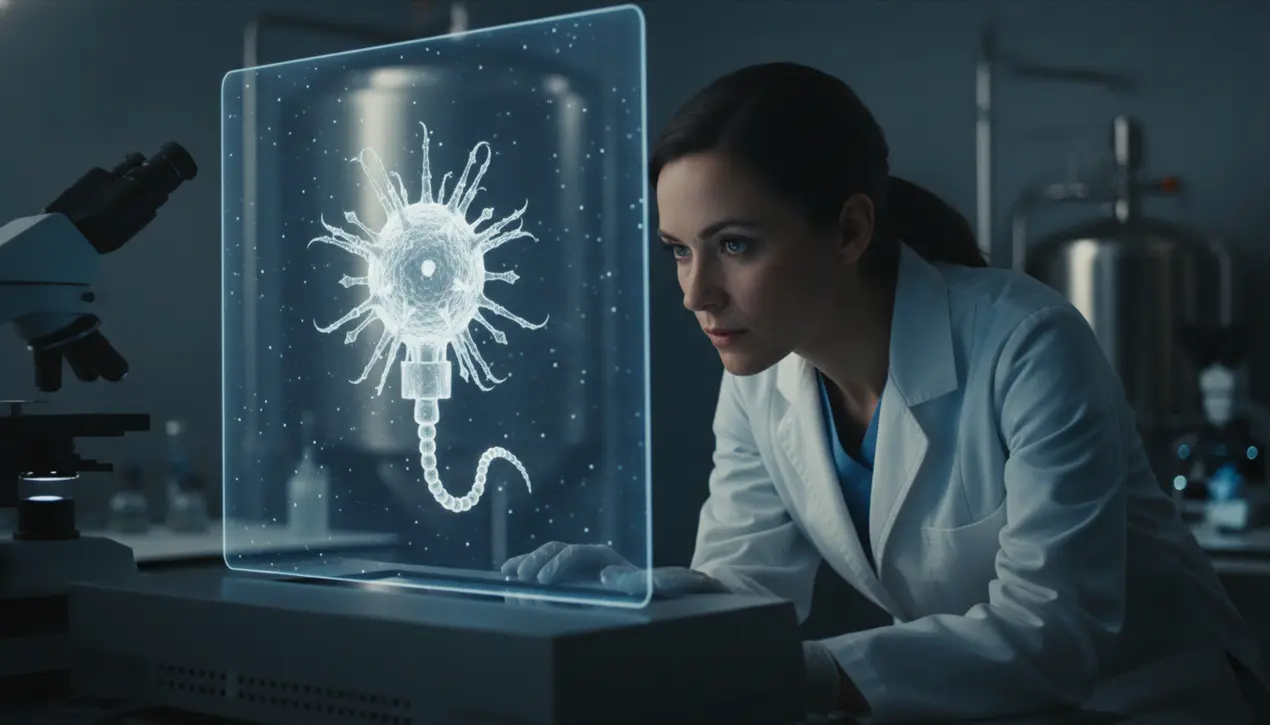
SciencebiologyMicrobiology
A tiny ancient virus reveals secrets that could help fight superbugs
KE
Kevin White
2 hours ago7 min read1 comments
In a discovery that feels ripped from the pages of a sci-fi medical thriller, scientists have just mapped a microscopic ancient virus, the Bas63 bacteriophage, with a level of detail so profound it could fundamentally reshape our war against antibiotic-resistant superbugs. This isn't just another lab report; it's a high-resolution blueprint of a biological assassin, revealing the intricate tail machinery this virus uses to latch onto and infect bacteria with the precision of a key turning a lock.What makes this particular phage a true standout in the microbial world are its rare, almost ornamental, whisker-collar features—structures that have never been seen with such clarity and hint at a distant evolutionary history stretching back billions of years, connecting this modern microscopic warrior to the primordial soup of early life on Earth. For researchers like Dr.Elena Vance at the Institute for Advanced Biostructures, who was not directly involved in this study but has been on the front lines of phage therapy development, this structural map is a game-changer. 'We've known for a century that phages can kill bacteria,' she explains, 'but it's like we were trying to fix a complex engine with only a blurry photograph.Now, we have the full 3D schematic. We can see exactly how the tail fibers extend, how the collar stabilizes the apparatus, and how the entire machine contracts to inject its genetic payload.This is the kind of foundational knowledge that allows for true engineering. ' The implications cascade far beyond the petri dish.In medicine, this could lead to the design of bespoke phage cocktails, synthetic viruses engineered to target specific superbugs like MRSA or Pseudomonas aeruginosa with unparalleled specificity, bypassing the blunt, gut-flora-destroying approach of broad-spectrum antibiotics. In agriculture, it opens the door to phage-based treatments for livestock, reducing our reliance on growth-promoting antibiotics that fuel resistance.Even industries grappling with bacterial contamination, from food processing to water treatment, could deploy these targeted phages as living, self-replicating disinfectants. The path from this discovery to a clinical therapy isn't without its hurdles—regulatory frameworks for these 'living drugs' are still in their infancy, and scaling production presents its own challenges.Yet, the unveiling of Bas63's secrets marks a pivotal shift from simply using phages we find in nature to actively designing the next generation of antimicrobials. It’s a testament to how looking back at our planet's most ancient biological conflicts can provide the most futuristic solutions to one of humanity's most pressing health crises.
#featured
#bacteriophage
#virus structure
#superbugs
#phage therapy
#evolutionary biology
#medical innovation
Stay Informed. Act Smarter.
Get weekly highlights, major headlines, and expert insights — then put your knowledge to work in our live prediction markets.
Related News
Comments
Loading comments...
© 2025 Outpoll Service LTD. All rights reserved.